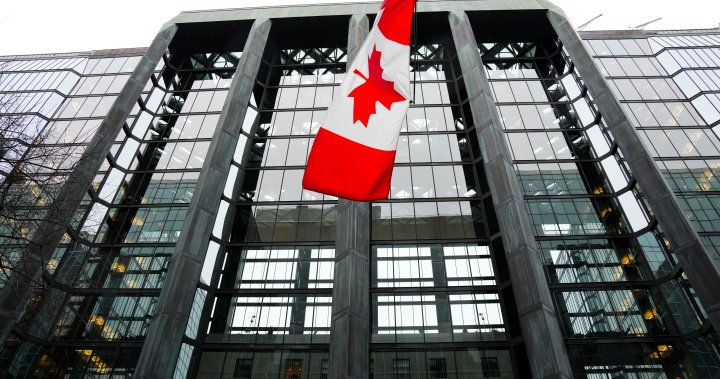Bitcoin’s long-anticipated ‘halving’ is, depending on where you sit, a vital event that will burnish the cryptocurrency’s value as an increasingly scarce commodity, or little more than a technical change talked up by speculators to inflate its price.
The halving comes after bitcoin hit an all-time high of US$73,803.25 in March.
But what exactly is the halving, and does it really matter?
The halving, which happens roughly every four years, the latest of which is expected this week, is a change in bitcoin’s underlying blockchain technology designed to reduce the rate at which new bitcoins are created.
Financial news and insights
delivered to your email every Saturday.
Bitcoin was designed from its inception by its pseudonymous creator Satoshi Nakamoto to have a capped supply of 21 million tokens.
Nakamoto wrote the halving into bitcoin’s code and it works by reducing the rate at which new bitcoin are released into circulation.
So far, about 19 million tokens have been released.
Blockchain technology involves creating records of information – called ‘blocks’ – which are added to the chain in a process called ‘mining’.
Miners use computing power to solve complex mathematical puzzles to build the blockchain and earn rewards in the form of new bitcoin.
The blockchain is designed so that a halving occurs every time 210,000 blocks are added to the chain, roughly every four years.
At the halving, the amount of bitcoin available as rewards for miners is cut in half. This makes mining less profitable and slows the production of new bitcoins.
(For a visual explanation of how blockchain works, click here)




